Full Name Adelard Cunin Name Bugs Moran | Occupation Gangster, bootlegger | |
 | ||
Born August 21, 1893 ( 1893-08-21 ) St. Paul, Minnesota, U.S. Other names George Moran; Adelard Cunin (Birth Name); George Clarence Moran (Full Name); George Gage; George Morrissey Similar People | ||
Bugs Moran
Adelard Cunin (August 21, 1893 – February 25, 1957), better known as George 'Bugs' Moran, was a Chicago Prohibition-era gangster. He was incarcerated three times before turning 21. On February 14, 1929, in an event that has become known as the Saint Valentine's Day Massacre, seven members of his gang were gunned down in a warehouse, supposedly on the orders of Moran's rival Al Capone.
Contents
- Bugs Moran
- Bugs moran
- Early life and career
- Prohibition
- Battling Al Capone
- The St Valentines Day Massacre
- After Prohibition
- Death in prison
- References
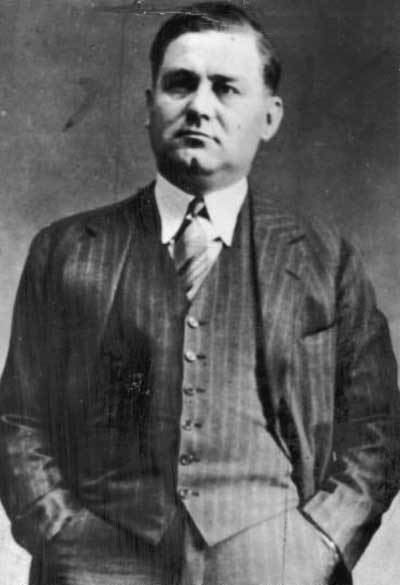
Bugs moran
Early life and career
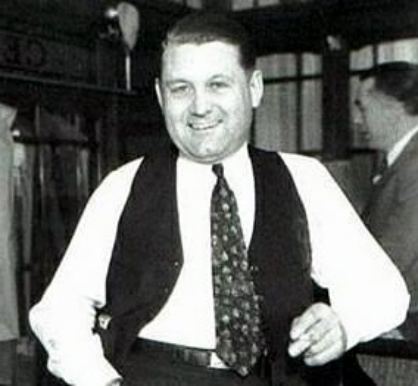
Moran was born Adelard Cunin to Jules and Marie Diana Gobeil Cunin, French immigrants, in Saint Paul, Minnesota. While attending Cretin, a private Catholic high school in Saint Paul, he joined a local juvenile gang. Moran left school at the age of 18 and was later caught robbing a store. He was then sent to the state juvenile correctional facility. Bugs was put in jail about three times before he turned 21. Moran escaped and fled to Chicago, Illinois, where he was later caught trying to rob a warehouse, taking part in a horse-stealing ring, taking part in robbery involving the death of a police officer, and robbing a freight car, for which he received a variety of prison and jail sentences.

He married twice during his career as a gangster, the first divorce stemming from his wife's disapproval of his lifestyle. Moran joined a gang in Chicago led by Charles “The Ox” Reiser with other prominent members, including Dean O'Banion, Hymie Weiss, and Vincent Drucci, all of whom became well-known members.
Prohibition
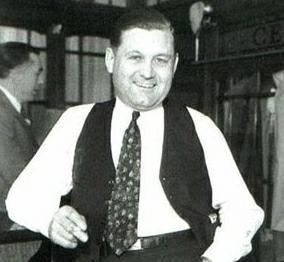
Prohibition was established in 1920 with the enactment of the 18th Amendment, which banned the distribution of alcoholic beverages. Subsequently, criminal enterprises sprang up to smuggle liquor. They imported it, manufactured it, stole it and sold it as a scarce commodity for great profit. The popularity of alcohol and lack of legal competition ensured an endless supply of customers. This smuggling of alcohol was called bootlegging.

Soon, the criminals and gangsters were enjoying profits beyond anything the basic rackets had ever provided. Among them were Dean O'Banion and his group of mostly Irish thugs, including Bugs Moran, who became known as the North Side Gang. Al Capone succeeded Johnny Torrio as the leader of the Italian mob on the South Side. These two rivals fought violently, resulting in what is known as “The Bootleg Battle of the Marne.”
Battling Al Capone
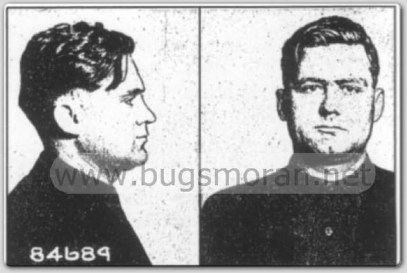
The bootlegging operation of Hymie Weiss and Bugs Moran continued to pose a significant challenge to Capone's South Side Gang. Moran and Capone then led a turf war with each other that cost them both. Moran's hatred of Capone was apparent even to the public. Moran was disgusted that Capone engaged in prostitution. He would not increase profits himself by engaging in prostitution rings because of his Catholic religion. Torrio’s gang killed Dean O’Banion, and in an attempt to avenge him Bugs Moran and Earl “Hymie” Weiss made an attempt on Torrio’s life. Later they went on to make a failed attempt on Al Capone’s life at his headquarters, the Hawthorne Inn in Cicero, Illinois. More than one thousand shots were fired at the inn and at a nearby restaurant in their attempts to kill Capone. In retaliation, Weiss’s life was taken by Al Capone’s gang, and Bugs Moran became head man of the North Side Gang. Responding to Weiss’s death, Moran tried to kill a member of Capone’s gang, resulting in an attack, allegedly from Capone, known as the St. Valentine’s Day Massacre.
The St. Valentine's Day Massacre

On February 14, 1929, Capone probably tried to strike a decisive blow against Moran with the notorious Saint Valentine's Day Massacre. The day before, a tempting phone call to Moran told him that a truckload of whiskey had just arrived from Detroit, Michigan, and that he could have it at a bargain price. He ordered the whiskey to be delivered at 10:30 a.m. the next morning at the garage of the S.M.C. Cartage Company on North Clark Street, where he kept his bootlegging trucks. Two gunmen dressed as Chicago police officers and two others in plain clothes lined up seven of Moran’s people against the wall in the warehouse and gunned them down. However, the main target of the "hit," Bugs Moran, narrowly eluded death, as he had decided to sleep in that day. Had they known he was not there, they might have put off the attack until a different day. Another North Sider, Al Weinshank, was misidentified as Moran by one of Capone's lookouts who signaled for the attack to begin. The men were lined up against the wall and shot repeatedly.
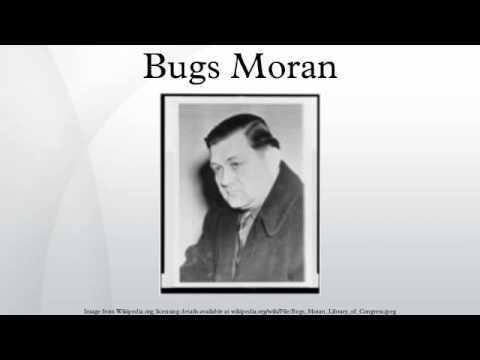
Responders were late to the scene due to the lack of reporting by neighbors, who thought that whatever had occurred had been taken care of when they saw the two “police officers” exit the area from which the gunshots were heard. Six of the men were killed and another was near death when police arrived on the scene. The seventh man, Frank Gusenberg, was taken to a hospital, where he refused to identify his killers following the gangster’s code of silence, and later died. When Moran saw the carnage, he broke the gangster code, accusing Capone of the murders. No one was convicted of the crime, and Capone denied all involvement in the massacre. Capone did get called to court, however, but claimed to be sick both times. The tactic worked, and Capone never was convicted.
After Prohibition
Moran managed to keep control of his territory and what remained of his gang through the end of Prohibition and through the early 1930s. The North Side gang never fully recovered its power or former place in Chicago's underworld as the chief rival to Capone's Italian mob. Moran eventually left the area, quitting the gang entirely, though not the lifestyle. After losing his position of power in the mob, he needed support and a source of income. To continue making money, he reverted to his earlier gangster ways of petty crime (such as mail fraud and robbery), by which he previously had made his mark in the underworld scene.
On April 30, 1939, Moran was convicted of conspiracy to make and cash $62,000 worth of American Express checks. Freed on appeal when he posted a bond, he fled but was captured and not released until December 21, 1943. By the 1940s, only 17 years after being one of the richest gangsters in Chicago, Moran was almost penniless.
On July 6, 1946, Moran was arrested for his involvement in a June 28, 1945, robbery of a Dayton, Ohio, tavern, receiving a sentence of 20 years after being found guilty. After being released from his twenty-year sentence in Ohio State Prison, he was tried for robbery once again and found guilty in 1957. He was sentenced to 10 years in prison.
Death in prison
Moran died of lung cancer a few months into his 10-year sentence at Leavenworth Prison in Kansas on February 25, 1957, at age 63.
